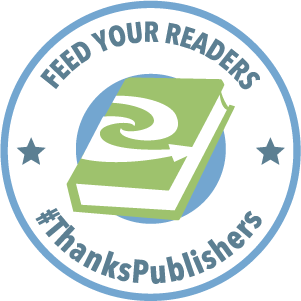The poignant story of the visionary surgeon who rebuilt the faces of the First World War’s injured heroes, and in the process ushered in the modern era of plastic surgery.
From the moment the first machine gun rang out over the Western Front, one thing was clear: mankind’s military technology had wildly surpassed its medical capabilities. The war’s new weaponry, from tanks to shrapnel, enabled slaughter on an industrial scale, and given the nature of trench warfare, thousands of soldiers sustained facial injuries. Medical advances meant that more survived their wounds than ever before, yet disfigured soldiers did not receive the hero’s welcome they deserved.
In The Facemaker, award-winning historian Lindsey Fitzharris tells the astonishing story of the pioneering plastic surgeon Harold Gillies, who dedicated himself to restoring the faces – and the identities – of a brutalized generation. Gillies, a Cambridge-educated New Zealander, became interested in the nascent field of plastic surgery after encountering the human wreckage on the front. Returning to Britain, he established one of the world’s first hospitals dedicated entirely to facial reconstruction in Sidcup, south-east England. There, Gillies assembled a unique group of doctors, nurses, and artists whose task was to recreate what had been torn apart. At a time when losing a limb made a soldier a hero, but losing a face made him a monster to a society largely intolerant of disfigurement, Gillies restored not just the faces of the wounded but also their spirits. Meticulously researched and grippingly told, The Facemaker places Gillies’s ingenious surgical innovations alongside the poignant stories of soldiers whose lives were wrecked and repaired. The result is a vivid account of how medicine and art can merge, and of what courage and imagination can accomplish in the presence of relentless horror.
Thanks to NetGalley and Farrar, Straus and Giroux for this review copy!
THE FACEMAKER is an impressive, intense, and fact-packed book, not only about the development of plastic surgery, but also an insight into World War One and its devastating effects. I admit my understanding of the war was negligible prior to reading this, but now I have learned enough to have my interest piqued and I want to learn more. I have just requested a review copy of MEN OF 18 IN 1918 by Frederick James Hodges, a book that I would have certainly passed over if I had not read THE FACEMAKER.
Dr Harold Gillies is the titular surgeon who is constantly creating new ways to help disfigured soldiers (warning! Link leads to extremely graphic photos that may be disturbing) live normal lives. It is noted that those who had lost limbs were celebrated as heroes fighting for their country, while those who sustained facial injuries were shunned and considered freaks. The reasoning behind this is: faces and their ability to create expressions are what makes us “human”, and any deviation of what is considered “normal” creates discomfort. A face without a nose, or with a shattered jaw is difficult to look at, and so those poor soldiers were hidden away from the general public. The wards where those men were kept contained no mirrors, lest they catch a glimpse of themselves and lose the will to live.
Gillies is not the only doctor mentioned in this book; many other courageous surgeons contributed to the effort to repair these poor soldiers. The book is interspersed with descriptions of action on the Western Front, excerpts from diary entries from the soldiers that were lucky enough to have their journals survive (even if they didn’t), and accounts of how collaboration among the doctors furthered their knowledge and experience.
What fascinated me the most was hearing about the soldier’s activity on the battlefield, how he came to be injured, then his ordeal with Dr Gillies, enduring multiple operations while new techniques were tried time and time again. The book does contain a lot of graphic detail, so if you are squeamish, be aware.
I learned about artwork bringing attention to the soldier’s plight – one of the more poignant ones is the painting by John Singer Sargent entitled Gassed. The human cost of war is depicted in this 21-foot-long epic work. Other paintings and drawings are noted throughout the book, explaining how these methods helped the physicians rebuild faces. Sculpture was also used; multiple casts were made as the recreation and correction of each visage progressed.
The epilogue of THE FACEMAKER notes how plastic surgery evolved from a necessity to a luxury; rhinoplasty, facelifts, and the like were performed by Gillies long after the war was over. He continued to help others feel better about themselves until he died in 1960. He was a true visionary whose work ethic and kindness made the world a better place for many, many others.
Want your own copy? You can pick it up here.













Recent Comments